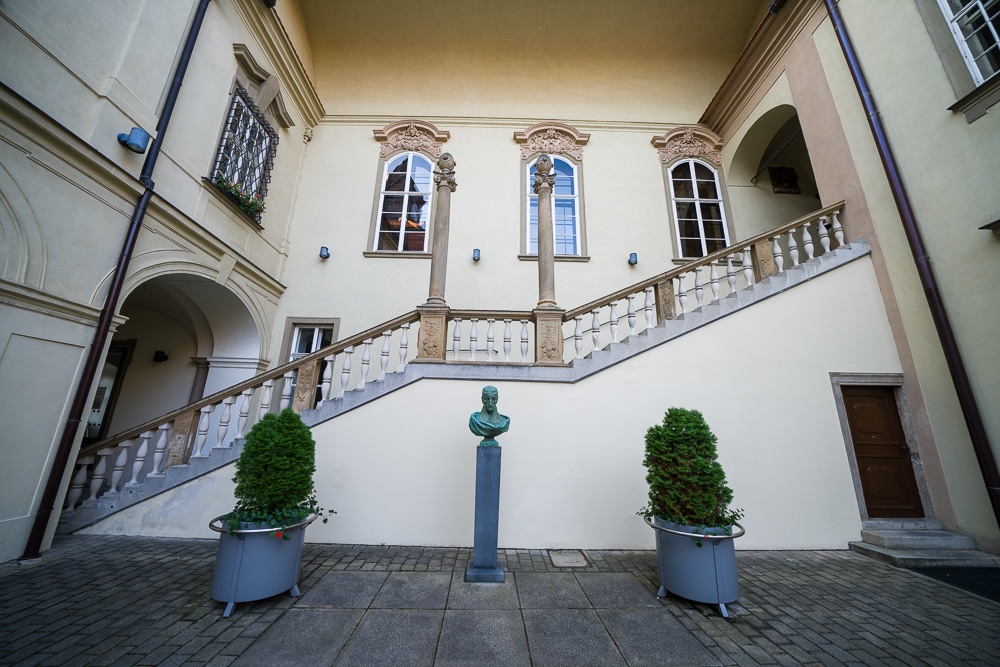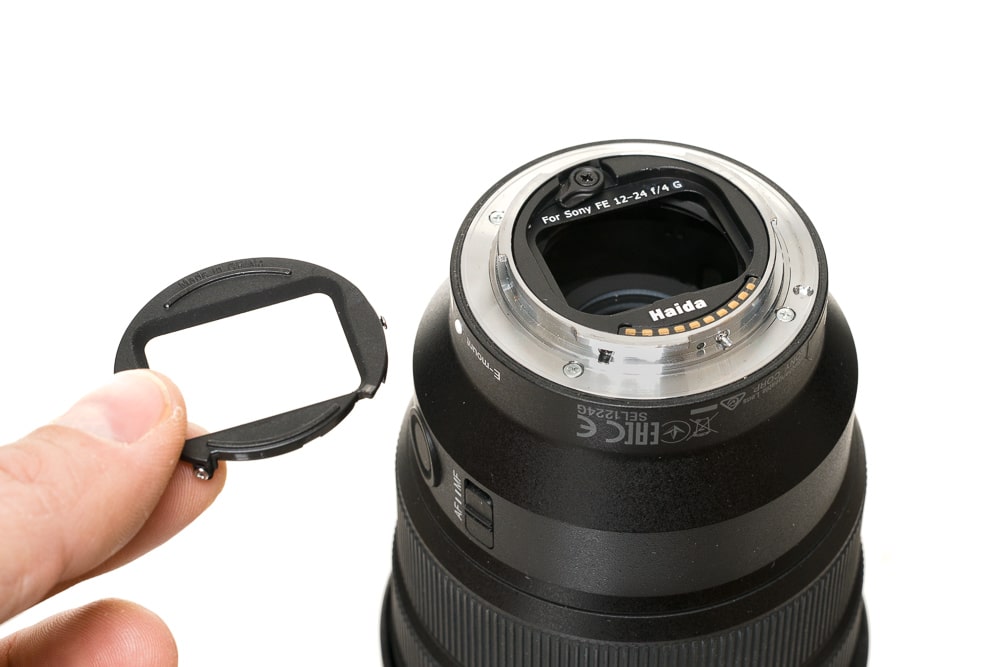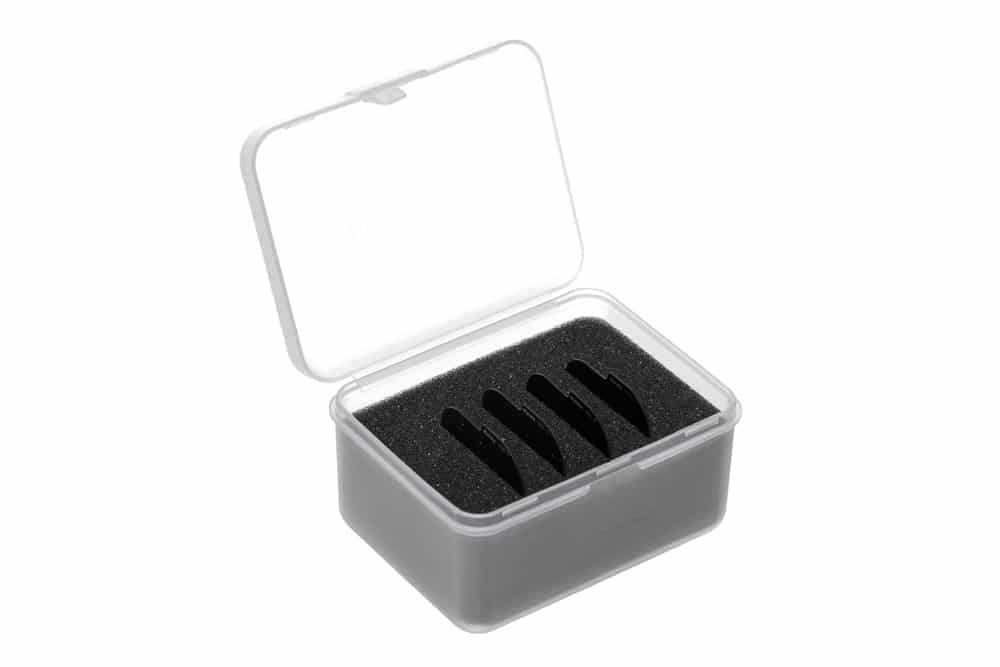Ultra Wide-Angle Sony 12-24/4 Lens Review
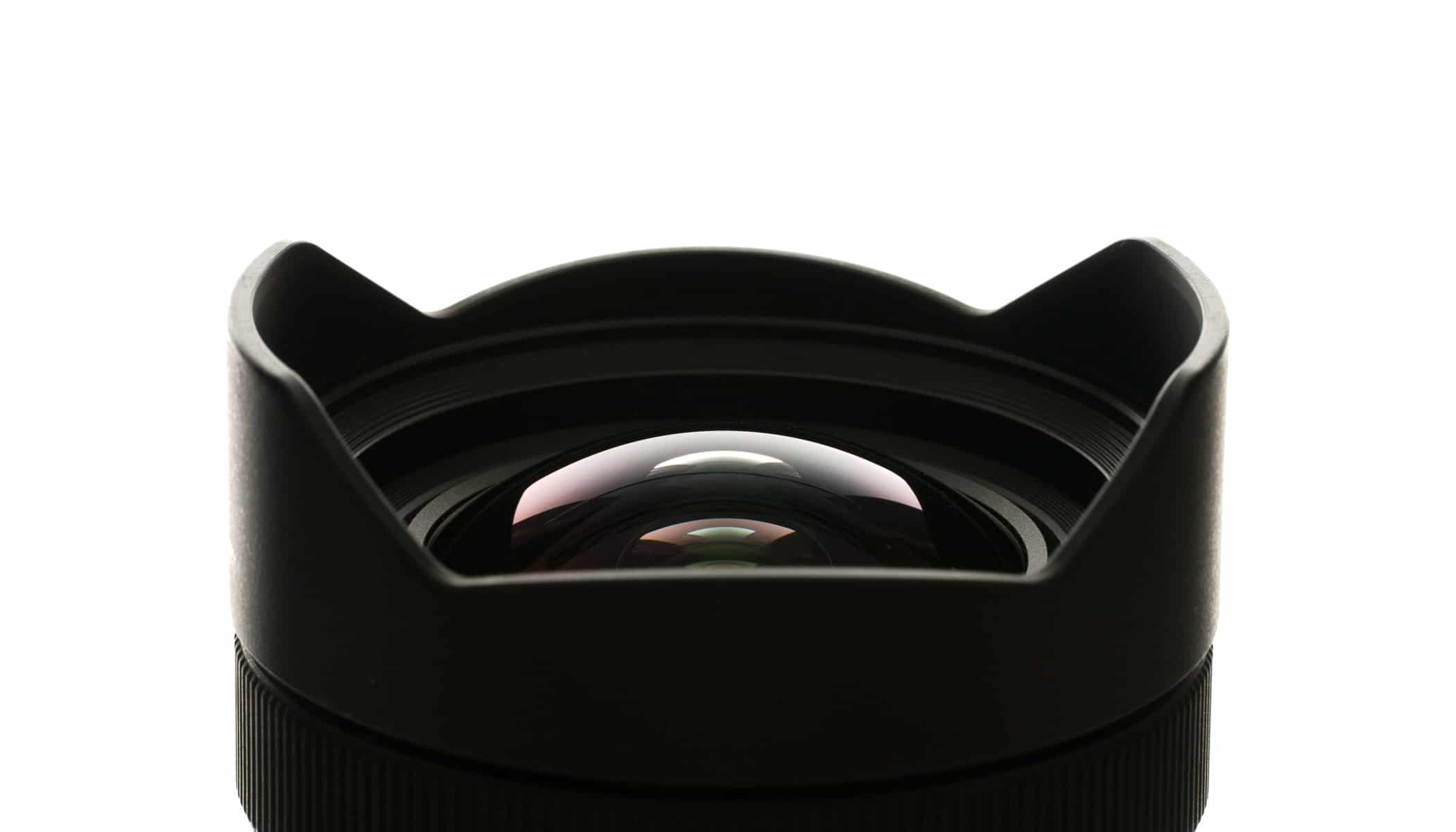
I tested the ultra wide-angle Sony 12-24/4 lens. It has an initial focal length of 12mm. It’s so wide that you don’t have to compromise like you would with similar lenses. Read on to learn how the Sony 12-24/4 performs and what issues you may encounter.
I already wrote an article about ultra wide-angle lenses. I won’t discuss them in general in this article, but rather focus on this specific lens.
Why the Sony 12-24/4
I’ve been using lenses like the 16-35/2.8 (on a full-frame sensor) for a long time, but I found that I shoot about 40% of my images with this lens at its widest focal length. I knew it was worth expanding this focal length.
There were a few other lenses in the running, but no perfect solution and it always came down to what to sacrifice. Some prime lenses, like the Laowa 10/2.8, are great. But I would have to carry additional lenses to cover the other focal lengths.
There is also the Laowa 12-24/5.6, but it doesn’t have electronic contacts, so the camera doesn’t know what focal point is currently selected and can’t stabilize the image properly. Also, a major problem is later distortion corrections, which depend on the exact focal length.
You can also find lenses with full electronic communication with the camera body like the Sony 12-24/2.8. However, I was put off by its weight and the Sigma 14-24/2.8 doesn’t have as wide of an angle of view.
After several months of considering about ten different lenses, I finally chose a used Sony 12-24/4 lens. This lens has its strengths, but also its weaknesses. Let’s take a look at these in greater detail.
The difference between 12mm and 16mm
At first glance, moving from 16mm to 12mm seemed like a minor change, but it’s actually a significant widening of the view. Compare the focal lengths and see for yourself:
In many cases, the increased amount of space taken up is a considerable relief.
External lens features
The lens weighs a reasonable 565 grams and is 117 mm long. Due to the convex front element, front filters cannot be used. But you can purchase special rear filters, which I’ll get to later.
Unfortunately, the non-standard front lens requires a special thick lens cap, which can be awkward to carry in your pocket and expensive to lose. While you can get a regular lens cap for a few bucks, be prepared to pay thirty times that for this lens cap.
The lens is controlled using the zoom and focus rings. These take up so much space that I often turn one of them by accident while handling the lens.
There’s also a standard switch for manual and autofocus and a universal configurable button. On the other hand, there’s no aperture ring or any associated components (lock, switching between clicking and smooth operation), which is fine for taking photos, but you may need them for video.
Image quality
The resolution is more than decent and with my 60-megapixel camera, I don’t see any major flaws in my photos. The quality is sometimes a hair worse in the far corners, but for the most part, the issue is more likely that the corner is out of focus at the moment and less stabilized by the camera. In practice, the image is sharp enough for just about any purpose.
Chromatic aberration is corrected automatically using information from the RAW file so it’s hard to tell, but it doesn’t seem to be an issue.
There is slight barrel distortion at the 12mm focal length, but this is not uncommon with wide lenses and can be remedied while editing.
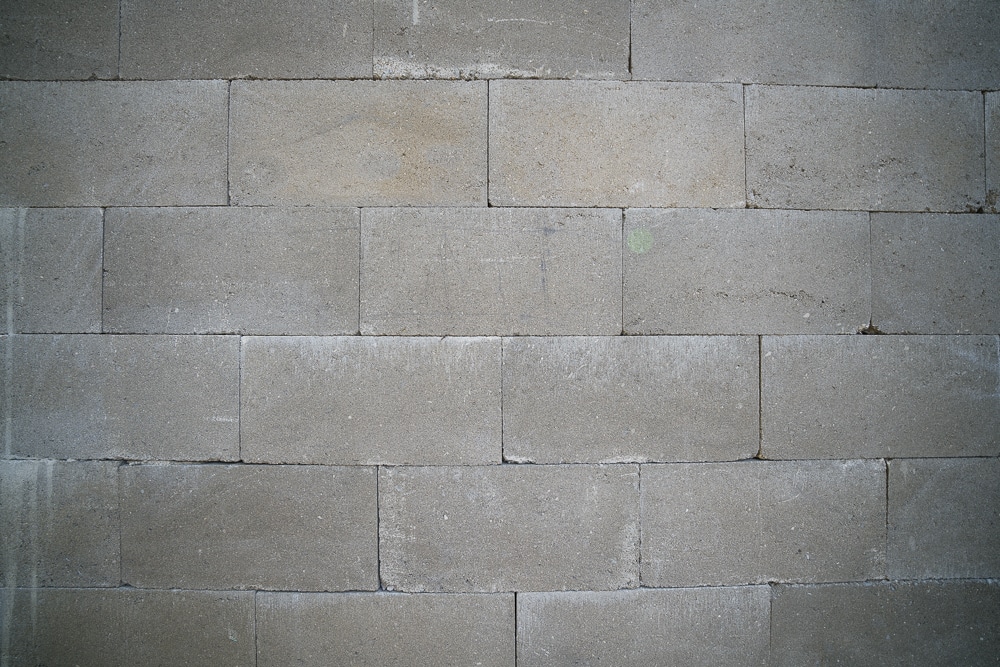
Sony A7R V, Sony 12-24/4, 1/80s, f/4, ISO 100, focal length 12mm
Vignetting is also visible, but correctable, though at the cost of increased noise.

Sony A7R V, Sony 12-24/4, 1/5s, f/4, ISO 100, focal length 12mm
The only thing that bothers me is the sun glare. I encountered it in various forms and because of the wide shot, there’s a good chance the sun will be in or near the frame. Worst case scenario, there’s the option of combining images from two shots, one of which has the sun covered by your finger.

Sony A7R V, Sony 12-24/4, 1/200s, f/8, ISO 100, focal length 12mm
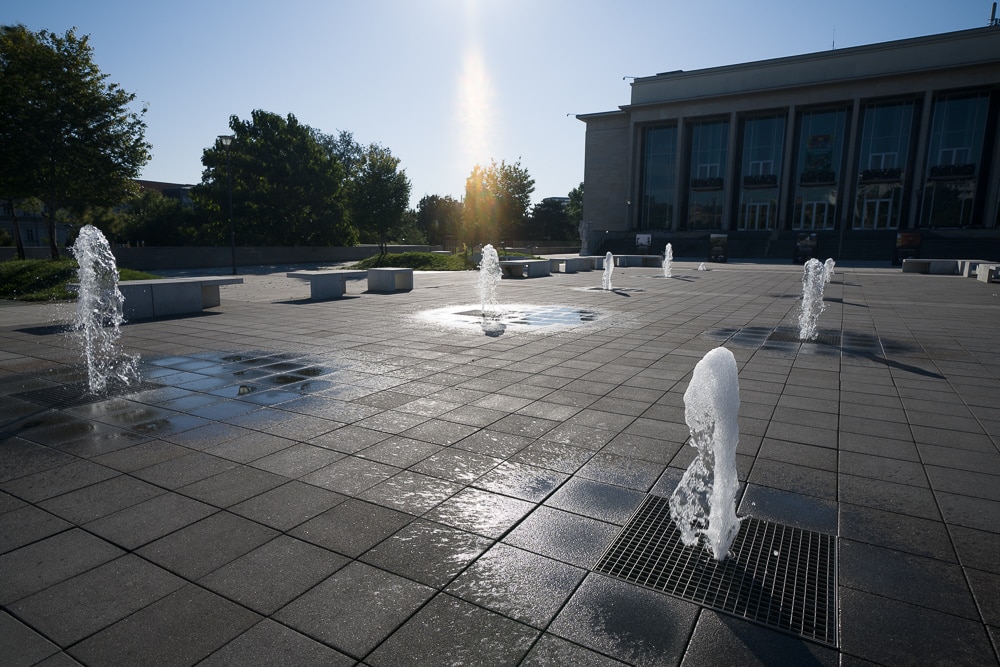
Sony A7R V, Sony 12-24/4, 1/400s, f/9, ISO 100, focal length 21mm
Rear filters
Manufacturers of these lenses don’t support filter holders. But there is a system from Haida that has special rear filters. The trick is that the filters come with a plastic back lens end that replaces the original and contains a miniature compartment with a slot that holds filter glass.
The system comes with four ND filters with different intensities. The strongest is ND 3.0, which corresponds to 1000x darkening, meaning a shift of 10 EV. So, where you would need an exposure of 1/100s, you use a 10-second shutter speed with the filter.
Filters mean an additional expense and only these darkening ND filters are available. Forget about polarizing filters. Otherwise, everything works great and you can have a lot of fun with long exposures, not only at night .

Sony A7R V, Sony 12-24/4, 50s, f/16, ISO 100, focal length 13mm
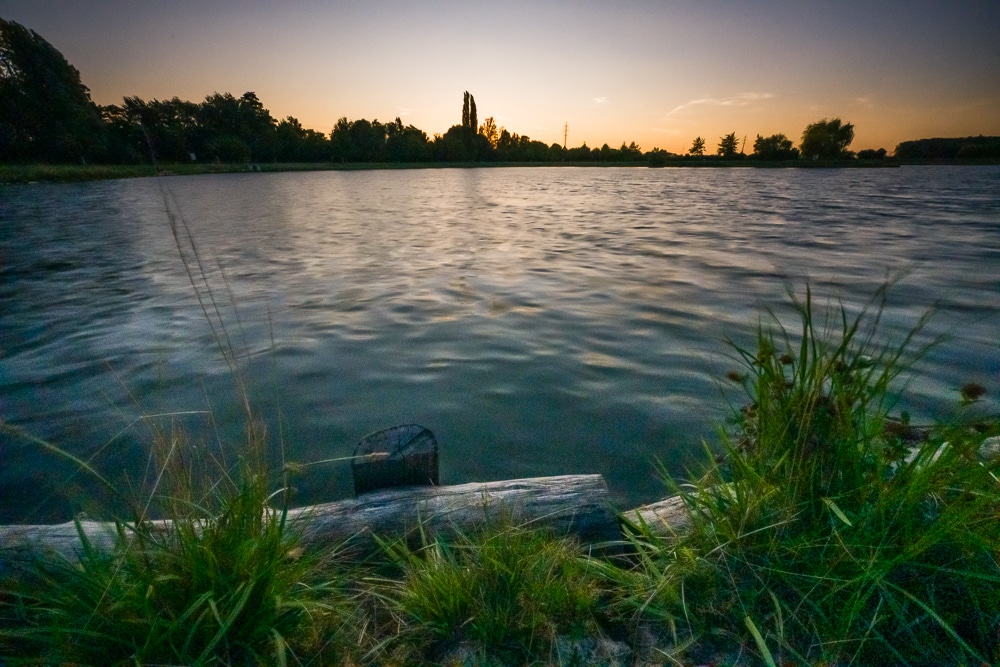
Sony A7R V, Sony 12-24/4, 0.5 s, f/16, ISO 10000, focal length 13mm
Mounting and removing filters is a bit awkward. With regular screw-on filters, you hold the camera and lens with one hand and twist with the other. With this lens, you first remove the lens and since you need two hands to mount the back filter, you have to set aside the exposed camera body. I don’t carry my camera cap because I never needed to, but this may be the time to pull it out.
With some improvising, carefully mount the filter. The wrong movement can cause dirt to get on the lens or even worse, inside the lens.
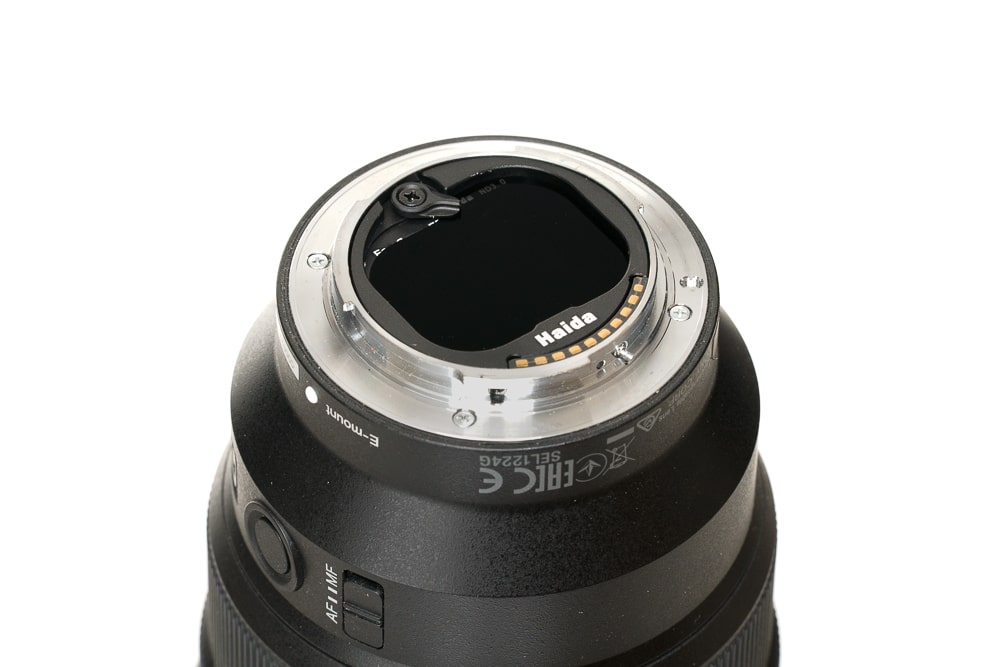
Removing the filter also gets interesting because there is no way to grab it from deep inside the holder, so it’s best to let it fall out into your hand. I’m already getting used to doing this, but I’m still worried that the tiny glass will fall off or have my fingerprints on it.
Unique photos
The criticisms are more than offset by the possibilities offered by this lens. The 12mm focal length allows for dramatic compositions and, with the help of ND filters, special effects can be applied.

Sony A7R V, Sony 12-24/4, 1/80s, f/10, ISO 100, focal length 12mm
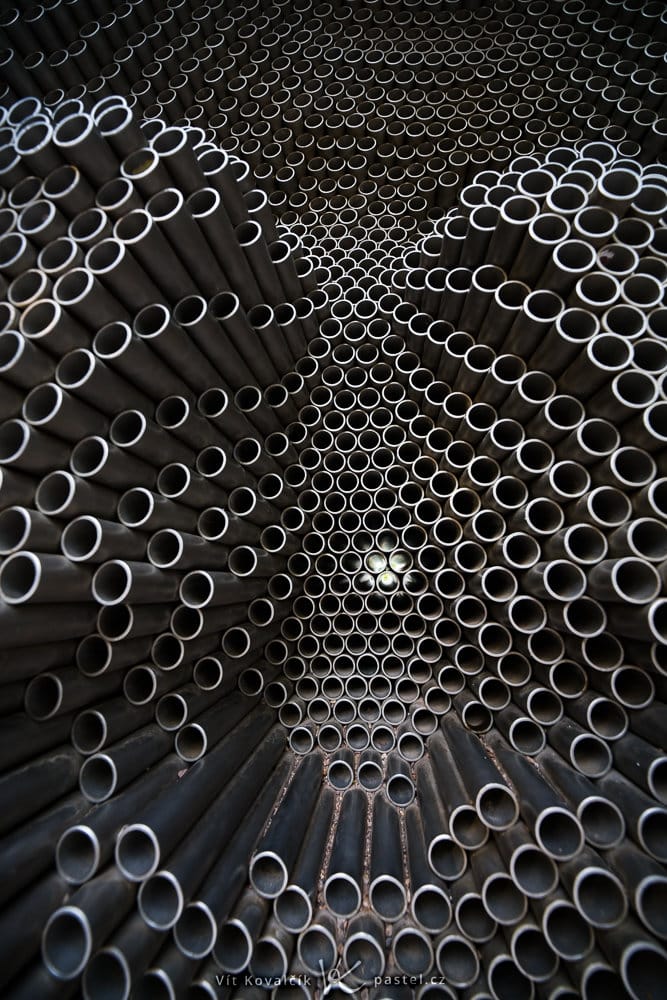
Sony A7R V, Sony 12-24/4, 1/30s, f/7.1, ISO 640, focal length 12mm
Overall, I’m satisfied
Despite the different issues I mentioned, other ultra wide-angle lenses have similar issues. Strange caps, sun glare, vignetting, and difficult or impossible to use filters are common with this category of lenses.
Overall, the Sony 12-24/4 is a good ultra wide-angle lens, suitable for landscapes, architecture, and small spaces. I am not afraid to use it for any occasion. Rather than technique, I am more limited by my lack of experience with such an extreme focal length. But that will only improve with time and practice.

